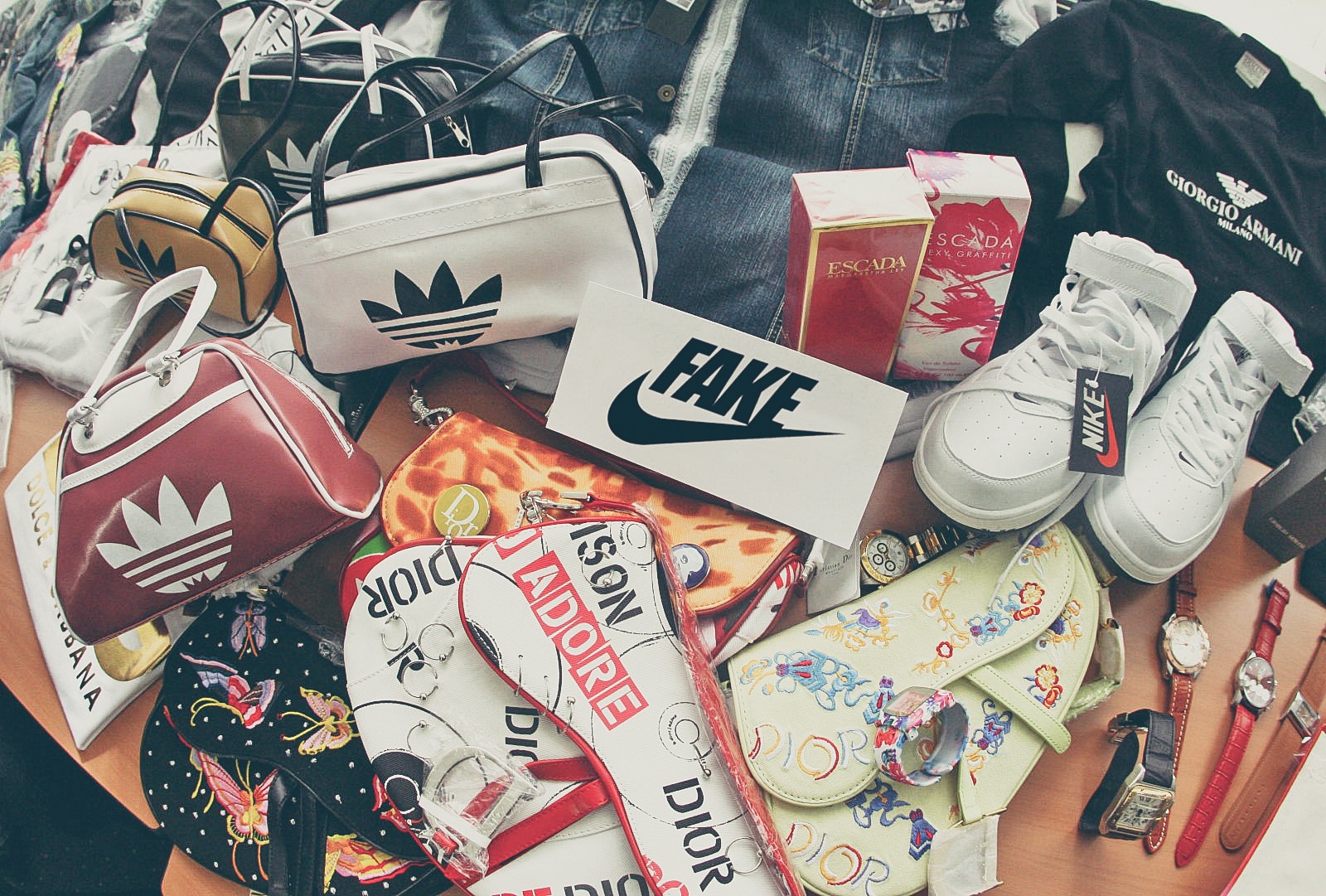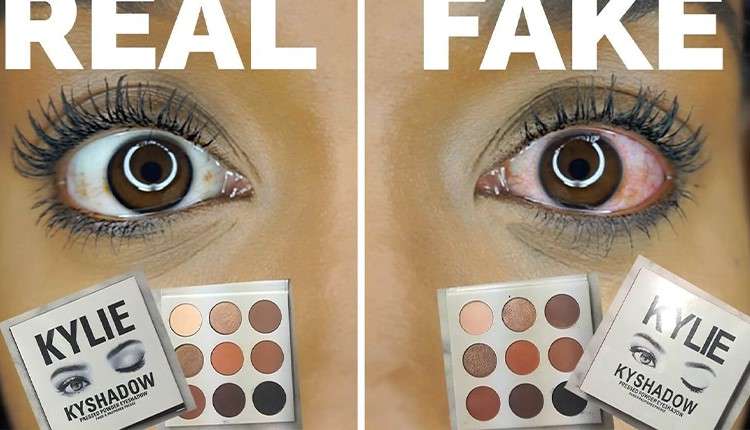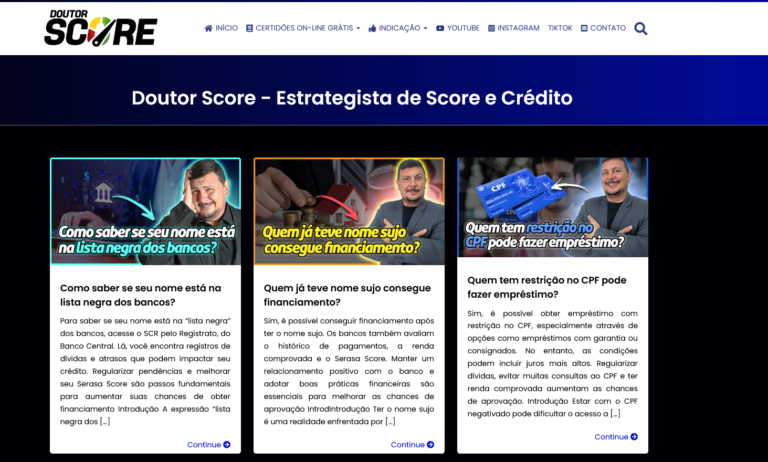The thrill of owning a coveted designer item is undeniable, but the fear of ending up with a cheap imitation lurks around every corner. Fear not, fashion detectives! This comprehensive guide equips you with the knowledge to sniff out imposters and ensure your hard-earned cash lands on the real deal.
Red Flags That Scream “Fake!”:
Price Tag Panic: If the price seems suspiciously low, it probably is. Designer brands rarely slash prices drastically, so significant discounts should sound alarm bells. Remember, quality comes at a cost.

Quality Quandary: Scrutinize the materials and craftsmanship with hawk-like precision. Counterfeits often rely on cheap substitutes, like plastic instead of leather or flimsy canvas instead of the real deal. Stitching should be immaculate, and logos perfectly aligned and free of imperfections.
Packaging Pitfalls: Renowned brands prioritize detail, even in packaging. Look for inconsistencies like misspellings, mismatched branding elements, or flimsy boxes and dust bags. These are telltale signs of a knock-off.
Serial Number Shenanigans: Many brands employ unique serial numbers or authenticity codes on their products. Visit the brand’s website for verification instructions and compare them to the item you’re considering. Discrepancies are a dead giveaway.
Seller Scrutiny: When shopping online, thoroughly investigate the seller. Check customer reviews, ratings, and contact information. Be wary of sellers with limited details or negative feedback. Trustworthy businesses have nothing to hide.

Brand-Specific Sleuthing:
- Louis Vuitton: Date codes (not serial numbers), genuine canvas, and flawless “LV” logo symmetry are key.
- Chanel: Look for diamond-shaped quilting, meticulous chain detailing, and “Made in…” stamps inside. The CC logo should be flawless.
- Gucci: Examine leather quality, logo embossing, and lining fabric. Stitching should be flawless, and the Gucci logo should have the correct font and spacing.
- Rolex: Misaligned minute markers, cheap materials, and faulty weight are red flags. Authorized dealers can authenticate genuine Rolex watches.
Remember:
- Doubt? Walk Away: It’s better to miss out than invest in a fake.
- Stick to Authorized Sources: Opt for authorized retailers or reputable consignment stores.
- Research is Your Weapon: Deep-dive into the specific brand and product you desire.
- Follow Your Gut: If something feels off, it probably is. Don’t ignore your instincts.
By staying vigilant and armed with this knowledge, you can confidently navigate the world of designer goods, ensuring you walk away with genuine items and leave the world of counterfeits behind. Happy, authentic shopping!

Bonus Tip: Consider using authentication services specializing in specific brands for added peace of mind. While not foolproof, they can offer another layer of verification.
Remember, ethical and informed buying protects both your wallet and the fashion industry. Choose wisely, and enjoy the joy of owning authentic designer pieces!



